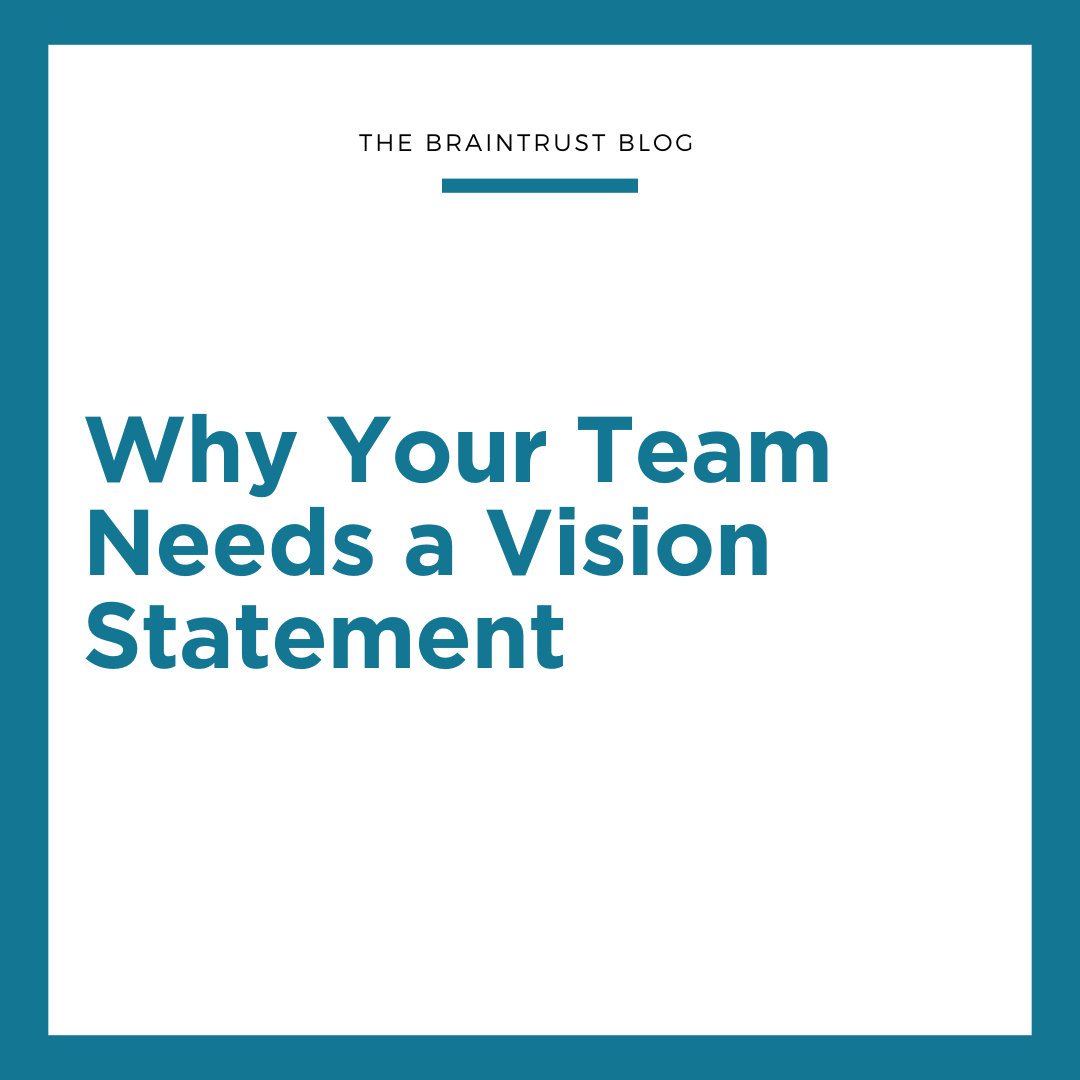Organizational Culture can be best described as the combination of Team behaviors (what people do) and values (why they do what they do).
And when you think of an Agile Organization’s “behaviors and values,” Agile leaders would agree that an Agile culture is explicitly designed to cultivate Team Members who are motivated, confident, engaged, empowered, trusting, committed, innovative, internally motivated, and personally accountable.
Is that how you would describe your Team Members? Is that how you would describe yourself?
If not, you’re not alone. Even when Agile Leaders actively promote and reward the specific values and behaviors that support those descriptors, cultural inertia reinforces old habits, which makes transformation difficult.
What’s more, Agile leaders often respond to that challenge by attempting to implement cultural change as quickly as possible. But the elemental nature of culture can make sudden, widespread change too great for an Organization to absorb in a short time.
Instead, we recommend that Agile Leaders approach cultural change with the approach of every good Agilest—incrementally. One example of a 3-step approach is described below:
First Step– Start with small “core” Teams. A small, focused, and successful Team can be used to demonstrate the value of new behaviors, and attract others to join in those behaviors. Provided that all the required parts of the Organization are represented, a Team-by-Team approach to culture change can avoid the difficulties associated with “big bang” projects that tend to lose momentum before delivering their objectives.
Second Step– Engage Stakeholders before making steps toward cultural transformation. Key Stakeholders who will benefit from the culture changes need to buy into them before the changes are implemented, so they can get support from them. That means that Agile Leaders have to help the Stakeholders to understand the new values and behaviors, and (moreover) why these changes are needed in order to support the goals of the business. Once your Stakeholders benefit from even one small change to the culture, they will not only get behind it more readily but will serve as your best evangelists to the wider Organization.
Third Step– Once a core Team is in place (per the first step above), it can work with a small group of practitioners to identify the initial set of essential behaviors and values that will successfully support an Agile way of thinking and working. And to ensure success, the Team might take just one value (for example “collaboration within and across Teams”) at a time. Once prioritized and selected, the Teams can work with key Stakeholders to identify, communicate and prioritize the behaviors that align with each new value.
A couple of words of caution related to this approach:
- You’ll want to closely monitor for behaviors that might undermine or even sabotage the associated culture change. These types of behaviors are inevitable.
- Inspecting and adapting will be critical during this process. To ensure success, you may need to adjust the scope of the culture change program by, for example, changing to a different subset of behaviors related to each value OR changing the individuals selected to be a part of the core Team(s). Tailoring the program in this way will ensure that all Team members are 100% committed to its success at all times.
Of course, the 3-step strategy above is only one example of how to transform a culture, but the bottom line is that an Organization’s culture is represented by the values by which it truly lives, not just by the words that it chooses to showcase on a wall somewhere. As such, SLOW AND STEADY WINS THE RACE.



